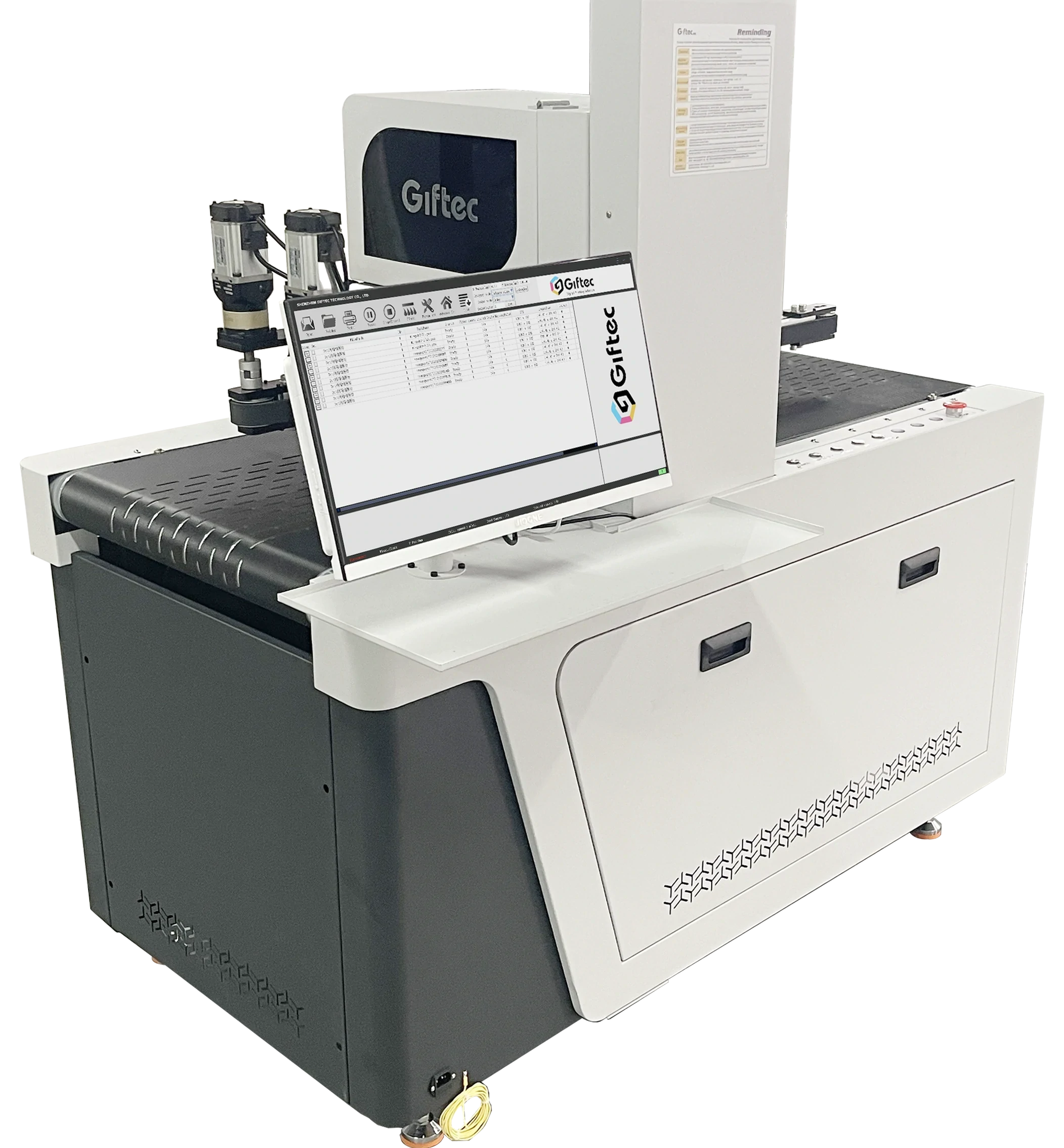Writing a dissertation is no small feat. After countless hours of research, planning, and writing, proper formatting becomes a vital step that can either elevate your work or cause unnecessary setbacks. Formatting may seem tedious, but it’s essential to ensure your dissertation is polished, professional, and meets academic standards.
This guide will walk you through how to format a dissertation effectively, touching on key aspects like layout, structure, citation styles, and more. Whether you’re submitting your final document or still drafting your dissertation proposal, we’ve got you covered.
Why Is Dissertation Formatting Important?
Imagine serving a gourmet meal on a paper plate. No matter how delicious it is, the presentation makes a difference. The same logic applies to your dissertation. Proper formatting ensures your work is organized, easy to read, and complies with institutional guidelines.
In addition, formatting is often one of the first things professors and committees notice. A well-formatted dissertation reflects professionalism and attention to detail, qualities essential for academic success.
Understanding University Guidelines
Every institution has its own formatting requirements. Before diving in, make sure to obtain the specific guidelines for your university or department. These may cover everything from font size and margins to citation styles and page numbering.
If you’re unsure about certain elements, don’t hesitate to seek dissertation help from your advisor or consult examples provided by your institution.
Key Components of a Dissertation Format
A dissertation is typically divided into several sections. Each part requires specific formatting, so let’s break it down step by step.
Title Page
The title page is the first impression of your work. It should include:
- Dissertation title
- Your name
- Degree program
- Submission date
- Supervisor’s name
- University logo (if required)
Make sure to center the text and use the prescribed font and spacing. Double-check your university’s requirements for specific details.
Abstract
The abstract is a concise summary of your dissertation, typically no more than 300 words. It should:
- State the research problem
- Outline your methodology
- Summarize key findings
- Highlight the significance of your work
While writing, remember to keep it clear and straightforward. A strong abstract grabs attention and sets the tone for the rest of your dissertation.
Table of Contents
A table of contents acts as a roadmap for your dissertation. Use clear headings and subheadings to organize your work. Most universities require the use of a specific numbering system, such as:
- Introduction
1.1 Background
1.2 Research Objectives - Literature Review
- Methodology
- Results
- Discussion
Word processing tools like Microsoft Word or Google Docs can automatically generate a table of contents based on your headings, making the process easier.
Introduction
The introduction sets the stage for your research. It should include:
- Background of the study
- Research objectives
- Research questions or hypotheses
- Significance of the study
Use this section to build context and provide a roadmap for the rest of your dissertation. Don’t overload it with jargon—clarity is key here.
Body Chapters
The main chapters of your dissertation may vary depending on your field, but they generally include:
Literature Review
This chapter provides an overview of existing research on your topic. Structure it thematically, critically analyzing studies relevant to your work.
Methodology
Explain how you conducted your research, detailing methods, data collection techniques, and analysis. Be transparent and thorough, as this section validates the credibility of your work.
Results and Discussion
Present your findings in the results section, followed by a discussion interpreting these results. Use charts, graphs, or tables to illustrate your data where necessary.
Citation Styles and References
One of the most important aspects of formatting is citing your sources correctly. Common styles include APA, MLA, and Chicago. Ensure consistency throughout your dissertation, from in-text citations to your bibliography.
How to Manage References Efficiently
Using reference management tools like Zotero, Mendeley, or EndNote can save you significant time. These tools help you organize citations and generate bibliographies in the required style.
Common Formatting Guidelines
While specific requirements may vary, here are some general formatting tips:
Font and Size
- Use a professional font like Times New Roman or Arial.
- Font size: 12pt for the main text and 10pt for footnotes.
Line Spacing
- Double-spacing is typically required for the main body.
- Single-spacing is often used for footnotes and block quotes.
Margins
- Standard margins are 1 inch on all sides.
Page Numbers
- Number pages sequentially, starting from the introduction.
- Place page numbers at the bottom or top-right corner.
Seeking Dissertation Help
If you find formatting overwhelming, remember that help is available. Many of the best dissertation editing companies specialize in ensuring your work meets academic standards. They can save you time and stress by fine-tuning every detail.
Final Checklist Before Submission
Before you submit, run through this quick checklist:
- Have you followed your university’s formatting guidelines?
- Are your citations consistent and correctly formatted?
- Is your table of contents accurate and updated?
- Did you proofread for typos and grammatical errors?
Attention to these details can make the difference between a flawless submission and a frustrating revision process.
Conclusion
Formatting a dissertation may feel like a mountain to climb, but it’s entirely manageable with the right approach. By breaking it down into clear steps, following university guidelines, and using available tools, you can ensure your dissertation is polished and professional.
Whether you’re writing your dissertation proposal or finalizing your work, formatting is your finishing touch. Take the time to get it right—you’ve already done the hard part.
FAQs
Q1: What is the most commonly used citation style for dissertations?
The most commonly used citation styles are APA, MLA, and Chicago, but it depends on your field of study and university guidelines.
Q2: Can I hire someone to format my dissertation?
Yes, many professionals and the best dissertation editing companies offer services to help format your dissertation to meet academic standards.
Q3: How long should the abstract of a dissertation be?
An abstract is typically around 250–300 words, summarizing your research concisely.
Q4: Is it necessary to include a table of contents in my dissertation?
Yes, a table of contents is essential for organizing your work and helping readers navigate your dissertation.
Q5: What tools can I use to format my dissertation?
Tools like Microsoft Word, Google Docs, and LaTeX are commonly used for formatting dissertations. Additionally, reference management tools like Zotero or EndNote can help with citations.
For more information you can also visit the home page for the website: https://techners.net/






Leave a Reply